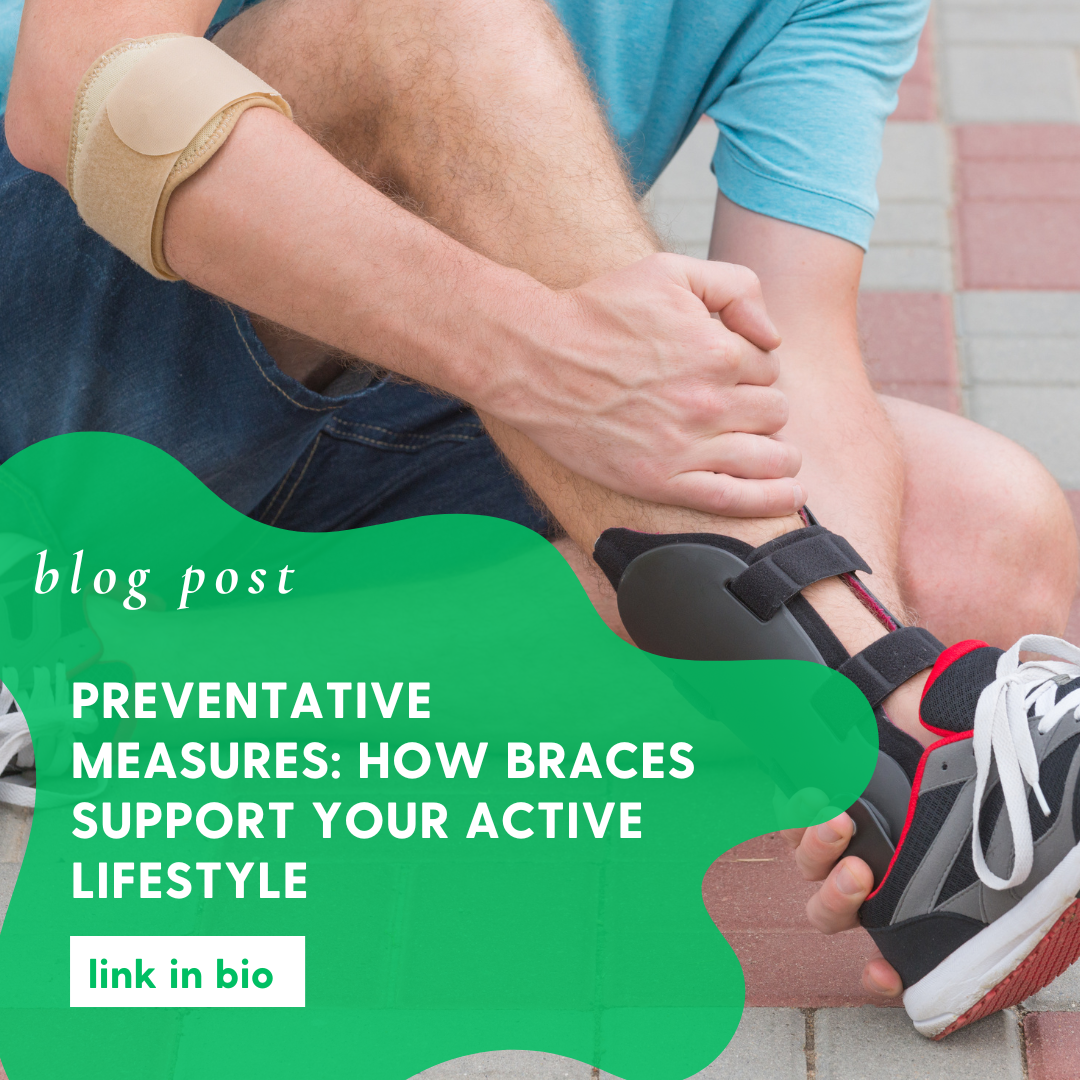For athletes and active individuals, maintaining peak physical condition is crucial. Not only does it enhance performance, but it also minimises the risk of injuries. One often overlooked component of an effective athletic regimen is the use of braces. In this blog post, we will explore how braces can bolster sports performance and prevent injuries, and we will offer tips on selecting the right brace for different activities.
Enhancing Sports Performance with Braces
Braces are not just tools for recovery; they play a significant role in enhancing performance by providing additional support and stability during high-impact activities. Here’s how braces can be a game-changer in your sporting endeavours:
- Stability and Support: Braces help stabilise joints, reducing the risk of ligament damage under stress during activities like jumping or sprinting. For instance, a knee brace can prevent the patella from moving out of place during a game of basketball.
- Increased Proprioception: Wearing braces can enhance proprioception — your body's ability to sense its position in space. This heightened awareness can improve your control over your movements, leading to better performance.
- Confidence in Movement: Knowing that your body is supported can give you the mental confidence to push harder and perform better. Athletes often report feeling more secure in their movements when wearing a well-fitted brace.
Tips on Selecting the Right Brace
Choosing the right brace is critical to ensure it benefits your performance and does not hinder your activity. Here are some tips to help you select the ideal brace for various sports:
- Running: Look for a lightweight and breathable brace. Knee supports can help manage conditions like runner’s knee, while ankle braces are great for those with a history of ankle injuries.
- Basketball: Basketball players often use knee and ankle braces to prevent sprains and provide support during jumps and quick direction changes. A brace with good flexibility and strong support is crucial.
- Soccer: Soccer players frequently suffer from ankle and knee issues due to the pivoting nature of the sport. A slim, flexible brace that fits comfortably inside a soccer cleat is ideal.
- General Fitness: For general exercise, including gym workouts, consider a brace that offers support without limiting motion. A neoprene brace can provide mild compression and support without the bulkiness.
Incorporating braces into your fitness or sports routine is a smart strategy for enhancing performance and preventing injuries. By providing support and stability, braces help you perform at your best while protecting you from potential harm. Remember, the key to benefiting from a brace is choosing the right one for your specific activity and ensuring a proper fit. Stay supported, stay active, and most importantly, stay injury-free!












